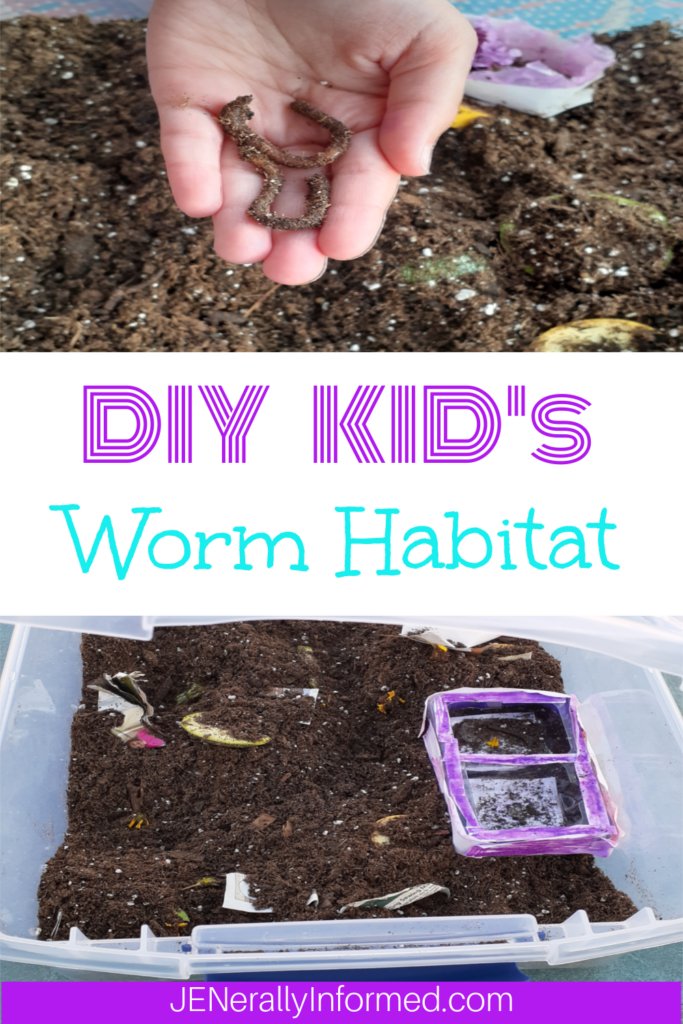
When you dive into this project, it’s like piecing together a puzzle. You’ll need a few basic materials, some creativity, and a bit of patience. Glow worms, especially the species commonly found in New Zealand and Australia, are truly breathtaking. Creating a habitat for them can help you learn more about their unique life cycle while also providing an engaging display. So, grab your craft supplies, and let’s get started on this fascinating journey!
Understanding Glow Worms
Before you start crafting your habitat, it’s essential to know what glow worms are. These aren’t your typical worms. They’re actually the larvae of a moth species, most notably *Arachnocampa luminosa*. Glow worms glow due to a chemical reaction in their bodies, attracting prey to their silk threads that hang from cave ceilings or tree branches. It’s almost like they’re casting a magical net to catch food!
You might be curious about the glow itself. The light is bluish-green and can be mesmerizing when seen in the dark. This bioluminescence is a survival mechanism, helping them lure insects. Imagine walking into a dim space and being greeted by thousands of tiny lights twinkling in the darkness. It’s captivating and makes for a lovely display!
Creating a habitat for these creatures means you’re not only decorating your space but also learning about their ecology. You’ll discover their needs, habitats, and life cycles, which can deepen your appreciation for nature and its wonders.
Gathering Materials
Now, let’s talk about what you’ll need to create your DIY glow worm trapdoor habitat display. Here’s a basic list to get you started:
- A glass container: A terrarium or jar works well.
- Soil: Use potting soil or a mix suitable for plants.
- Natural materials: Rocks, branches, and moss will create a more authentic look.
- LED lights: Opt for battery-operated ones to mimic the glow.
- Small plants: Consider ferns or small succulents for added greenery.
When picking your container, think about the size and shape. A clear glass container lets light in and makes the glow worms easy to see, giving your display a vibrant look. The soil needs to be damp but not waterlogged—keeping it just right is key for both the plants and the glow worms.
Here’s a tip: If you want to add some drama, choose a container with a narrow opening. This helps keep moisture in while also making it look like a secret cave!
Creating the Trapdoor Habitat
Now, for the fun part! Crafting your trapdoor habitat is where your creativity really shines. First, start with the soil. Fill the bottom of your glass container about a third of the way with damp potting soil. You want it deep enough for plants to root properly.
Next, arrange your natural materials. This could include placing rocks along the sides or creating a small hill with the soil. This layering adds depth and makes your habitat visually appealing. Don’t forget to include some branches where glow worms might hang their silk threads!
You can add plants strategically for aesthetics and to provide a home-like environment for your glow worms. Position them around the edges to create a lush backdrop. You might wonder how many plants you need—aim for a balance. Too many can make it crowded, while too few might leave it looking sparse.
Adding the Glow Worms
Once your habitat is set up, it’s time to talk about the glow worms. Although you can’t just pick them up at the store, some local suppliers or specialized breeding kits might offer larvae for educational purposes. When introducing them to their new home, handle them gently and avoid using chemicals that could harm them.
Ensure your habitat mimics their natural environment as much as possible. This means keeping moisture levels high, maintaining a temperature between 60 to 70 degrees Fahrenheit, and providing limited light exposure. Keeping the glow worms happy is key to creating a thriving display!
You might be wondering how long it will take for them to glow. Generally, it can take a few weeks after they settle into their new home. Patience is crucial here—just like with any new pet, success isn’t instant.
Maintaining the Habitat
Caring for your glow worm habitat is a bit like tending to a small garden. Here are some maintenance tips to keep everything in tip-top shape:
- Watering: Keep the soil moist but not soggy. A light misting every few days works well.
- Humidity: Use a small humidity gauge to make sure conditions are right.
- Temperature: Keep it in a warm, dark place, avoiding direct sunlight.
- Feeding: If you have glow worm larvae, you might need to find food options like small insects.
As you maintain your display, keep an eye out for any signs of distress in your glow worms. If they seem less active or stop glowing, it might be a sign to adjust their environment. Always remember that these delicate creatures need a little extra care!
Creating a DIY glow worm trapdoor habitat display is not just a fun craft; it’s an opportunity to connect with nature and witness the wonder of life. As you assemble your habitat, you’re crafting a tiny ecosystem that tells a story.
With just a few materials and your imaginative spirit, you can bring a slice of nature indoors. It’s like having your own personal magic show right at home! Enjoy the journey of nurturing these fascinating creatures and watching them illuminate your space. Who knows? You might find yourself enchanted by their glow, just like I did! Happy crafting!

